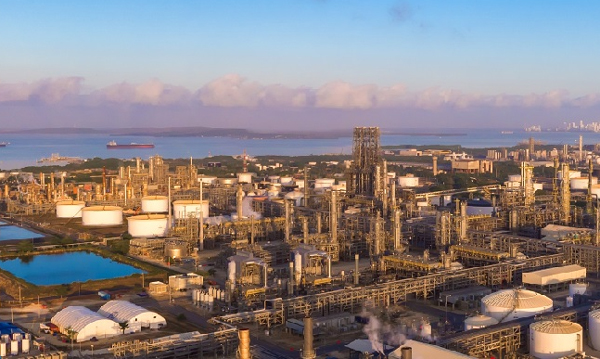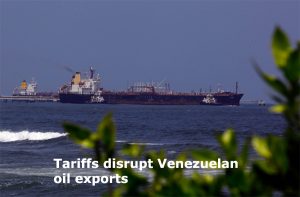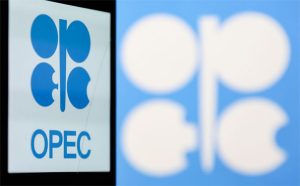
Matthew Kohlman and Maria Jimenez Moya, Platts S&P Global
CARTAGENA
EnergiesNet.com 09 20 2022
Ecopetrol has increased capacity at its Cartegena refinery by a third, while attempting to meet quality concerns there, aimed at growing Colombia’s role as an atypical Latin American exporter of refined products.
Colombia in May ramped exports back up after fixing or improving its two refineries in the prior months of the year, but its comeback is being hampered by inconsistent quality, according to several trade sources, with state Ecopetrol consequently struggling to reach the sort of volumes it supplied to the US in the past.
“We are now at 200,000 b/d at Cartegena, which was 150,000, or 165,000 at maximum capacity, and now adding 80,000 b/d more,” said a Colombian source with knowledge of the Reficar refinery. “As always there are some maintenances going on, but I can’t confirm the units.”
Colombia is one of the few Latin American countries capable of meeting internal demand and exporting more than just heavier products like fuel oil. In 2019, Ecopetrol said it exported 43% of its total refining volume, mainly to the US, Central America and Caribbean islands. As much as 43,000 b/d of product went to the US East Coast in that year.
Traders said a recent Ecopetrol company day made it clear that Colombia still wants to turn its refineries into more of a global exporter.
“Yes, that’s true,” the Ecopetrol official acknowledged. “But even with the original unit, we were exporters.”
To regain and grow that market, market sources said the company will need to achieve more consistent quality in some products and improve the quality in other fuels.
“You just flip a coin because you don’t know if the quality is working,” one trader said.
The old crude unit just went online this month and is working out kinks but should be up to 210,000 b/d soon, the Ecopetrol official said.
“It now is running,” he said. “We are still working out quality.
Colombia looks to surpass past product exports
Ecopetrol alsoruns the 250,000 b/d Barrancabermeja refinery near the center of Colombia. But unlike the domestic-oriented production at Barrancabermeja, export-focused Reficar was revamped in 2015 to produce up to 35,000 b/d of ultra low sulfur diesel and other higher grade products.
Colombia exported ULSD three to four times monthly when its refineries were working at their highest production levels. But Ecopetrol did not sell any ULSD cargoes for export in the first four months of the year due to the Reficar upgrade work and unspecified issues at Barrancabermeja that left the domestic market short, market sources said. The key export source also withered during the pandemic and later was unavailable just as ULSD demand skyrocketed after Russia’s invasion of Ukraine in late February.
It wasn’t until May that Colombia offered ULSD for export for the first time since the start of 2022. The diesel Ecopetrol is now producing, while good enough for the domestic market, has too low cetane and slightly too high sulfur to meet the US quality requirements, a second trading source said.
“They can supply with their own production and do not import a lot of ULSD unless demand is out of the ordinary high,” the source said.
Colombia import parity prices drop from June records
Platts publishes import parity prices for Colombia, which all hit record highs in June as Reficar was ramping up. ULSD IPPs reached $188.11/b on June 16 and gasoline jumped to $181.27/b on June 6. On Sept. 16, ULSD dropped $6.22 to $131.17/b, jet dropped $5.71 to $132.07/b and gasoline fell 73 cents to $111.75/b.
Platts is part of S&P Global Commodity Insights.
US Customs data showed Puerto Rico brought in ULSD from Colombia starting in May but Colombian products came to the US in earnest from June 21 through Aug. 21, the last registered import from Colombia. Importers in Puerto Rico favor supplies from Colombia rather than from US mainland due to the high price of chartering Jones Act ships for US-origin products. But Colombian barrels in past years have also been shipped from Florida to New York, which happened only a few times this summer. The quality cargoes are going to Florida and lower-quality cargoes to Puerto Rico, market sources said.
Colombia’s last gasoline export to the US occurred Aug. 10, 2020, to New York, but it did ship 1.52 million barrels to the US that year, Customs data showed. US Energy Information Administration data, meanwhile showed Colombia imported 902,000 barrels of gasoline a month on average from the US during the first half of 2022. In September,it was heard tendering to buy 1.35 million barrels of naphtha or gasoline, 150,000 barrels ULSD and 40,000 barrels butane.
Beyond gasoline and diesel, jet exports to the US reached 1.35 million barrels in 2020 but slipped to 231,000 barrels in 2021 and to none in 2022, Customs data showed. Fuel oil exports of 1 million barrels in 2022 were half that of 2020 levels. Evenvacuum gasoil, which has been in high demand by US Gulf Coast refineries, saw only 410,000 barrels from Colombia in 2022 compared with 2.2 million barrels in 2020.
Colombia’s fuel oil exports mostly go to the Caribbean because it lacks the high viscosity needed for most countries and are not easy to blend to if there’s not enough storage, as is the case in Colombia and most Latin American countries, the first trader said. He said Ecopetrol’s jet fuel also doesn’t have good enough flash point to export but fixing that would make it possible to “have a market in any part of the world.”
“With Reficar producing more, they will export more diesel, and we expect them to correct some qualities to match US quality,” the trader said. “If they increase production of jet fuel, they will export that as well as more barrels of fuel oil.”
spglobal.com 09 19 2022












